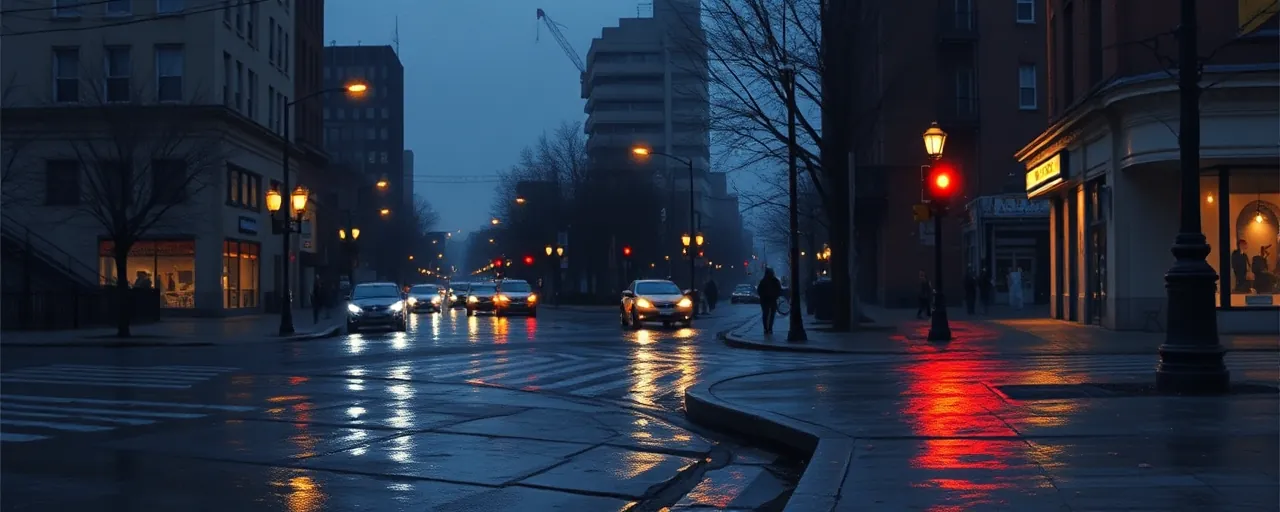A Turning Point for New York’s Streets
New York’s battle against gun violence has taken a sharp turn. In the past three years, shootings across the state have plummeted by 53%, a steep decline from the chaotic peak of the pandemic era. Back in 2021, the streets echoed with 1,562 shooting incidents, fueled by social upheaval and economic strain. Today, the numbers tell a different story, one of fewer bullets and quieter nights. Behind this shift lies a web of new laws, hefty investments, and a persistent push to keep firearms out of the wrong hands.
The catalyst came in 2022, when the U.S. Supreme Court struck down a century-old rule that had required New Yorkers to prove a special need to carry concealed weapons. Lawmakers in Albany didn’t waste time. They rolled out the Concealed Carry Improvement Act, a sweeping response aimed at tightening the reins on firearms while adapting to the court’s ruling. Now, with the Supreme Court rejecting the latest challenge to this law on April 7, 2025, its core provisions stand firm, shaping the state’s approach to public safety.
Laws Under the Microscope
So what’s in this legislation? It’s a hefty package. Applicants for concealed carry permits now need to show 'good moral character,' a subjective hurdle that’s sparked debate. Guns are banned from 'sensitive locations' like schools, hospitals, and subway platforms, a move that’s drawn both praise and pushback. The state’s also cracked down on hardware, outlawing pistol converters that turn semi-automatic handguns into machine-gun mimics. Gun shops must post stark warnings about the risks of ownership, and credit card companies are tasked with flagging bulk firearm purchases. Add in a state police system for ammo background checks, and you’ve got a layered effort to curb illegal use.
The numbers suggest it’s working. Shootings in 2025 are down 23% from last year, murders down 34%. Programs like the Gun Involved Violence Elimination initiative have targeted hot spots, driving crime to historic lows in places like New York City. Yet not everyone’s sold. Gun rights advocates argue the restrictions overreach, clashing with the Supreme Court’s expansion of Second Amendment protections. Courts have struck down bits of the law, like a requirement to hand over social media profiles for permit reviews, showing the legal tug-of-war isn’t over.
Subways Safer, But Not Spotless
Public transit’s another piece of the puzzle. New York’s subways, long a symbol of the city’s grit, have seen crime drop 27.9% this year alone. That’s no accident. Since 2022, the Subway Safety Plan has flooded platforms with officers, especially during the eerie overnight hours. Pair that with the ban on guns in transit zones, and riders are breathing easier. Governor Kathy Hochul’s administration has sunk $2 billion into law enforcement and violence prevention, a bet that more boots on the ground can keep the peace.
History offers a parallel. In the 1980s and ‘90s, subway violence was a headline staple, from Bernhard Goetz’s vigilante shots to daily muggings. Tough policing turned it around then, and today’s efforts echo that playbook. Still, challenges linger. High-crime pockets persist, and some riders say the heavy police presence feels more like optics than a fix. Gun violence might be down overall, but in certain neighborhoods, the threat hasn’t vanished.
Voices From the Ground
New Yorkers have plenty to say about all this. Lawmakers in Albany, alongside safety advocates, hail the laws as a lifeline, pointing to the data and the lives spared. They argue the focus on responsible ownership and corporate accountability, like making gun makers answer for their products, hits the right notes. On the flip side, groups like Gun Owners of America see it as a chokehold on rights, especially after the Supreme Court’s 2022 ruling opened the door to broader carry freedoms. Polls show a split, too, roughly half the state’s voters lean toward tighter rules, while others want the status quo or less red tape.
Step back, and the picture’s complex. The NY SAFE Act of 2013, born after the Sandy Hook tragedy, laid groundwork with its assault weapon bans and background check expansions. Studies tied it to fewer firearm deaths compared to national trends. Today’s laws build on that, but the Supreme Court’s shadow looms large, forcing a delicate dance between state control and federal limits. For the average resident, it’s less about ideology and more about whether the streets and trains feel safe.
What’s Next for New York
The decline in gun violence is real, and the laws passed in 2022 are a big reason why. With the Supreme Court stepping back from the latest fight, New York’s framework looks set to hold, at least for now. Precision policing, hefty funding, and a web of regulations have cut shootings to levels unseen since the ‘90s. Yet the story’s not finished. Legal battles will keep simmering, and the balance between safety and rights will stay a hot topic.
For those riding the subway or walking city streets, the stakes are tangible. Fewer guns firing means fewer funerals, but the gains aren’t even. Some communities still grapple with violence that defies the statewide trends, a reminder that no law wipes out every risk. New York’s experiment in gun control keeps evolving, watched closely by a nation wrestling with the same hard questions.
